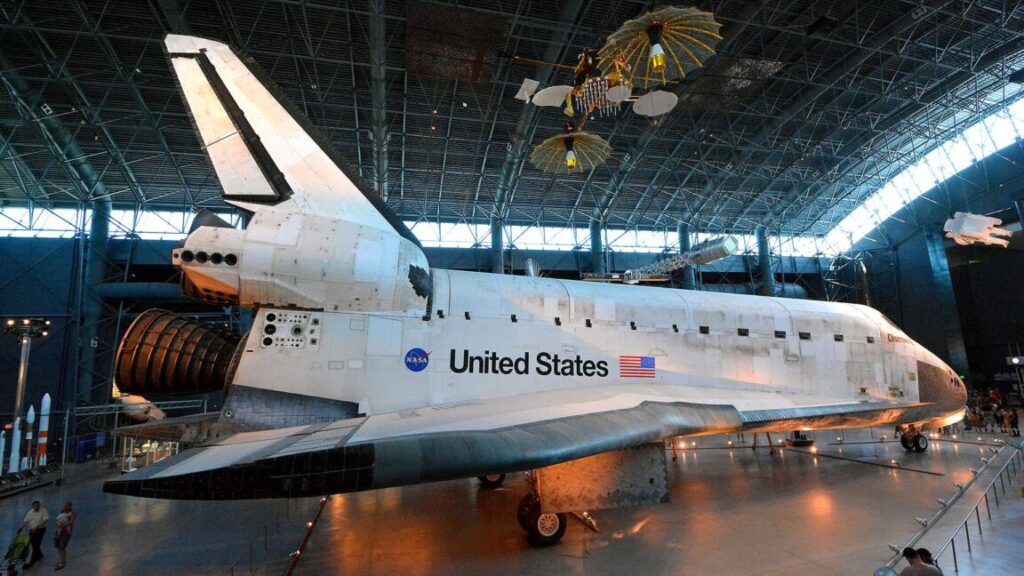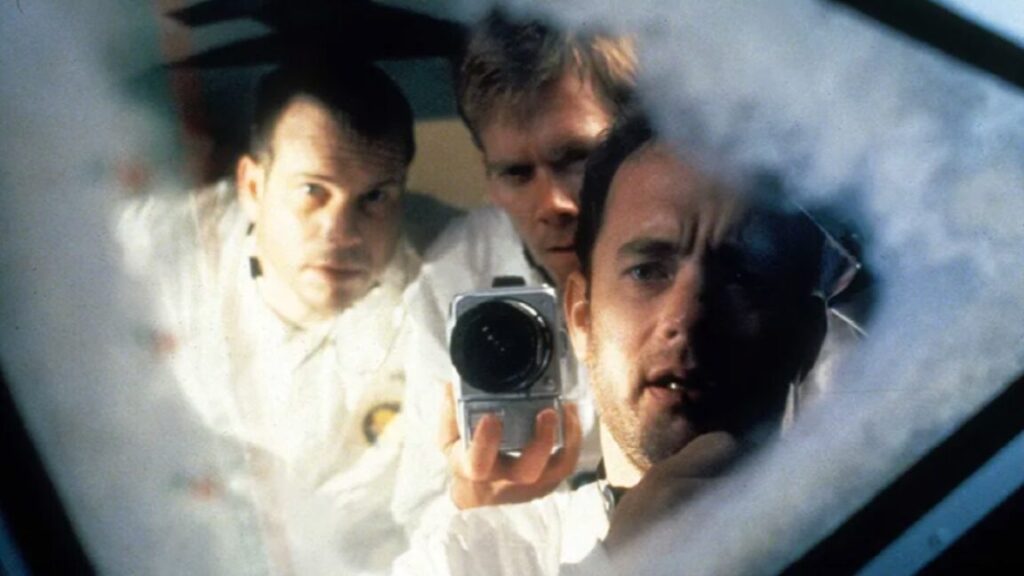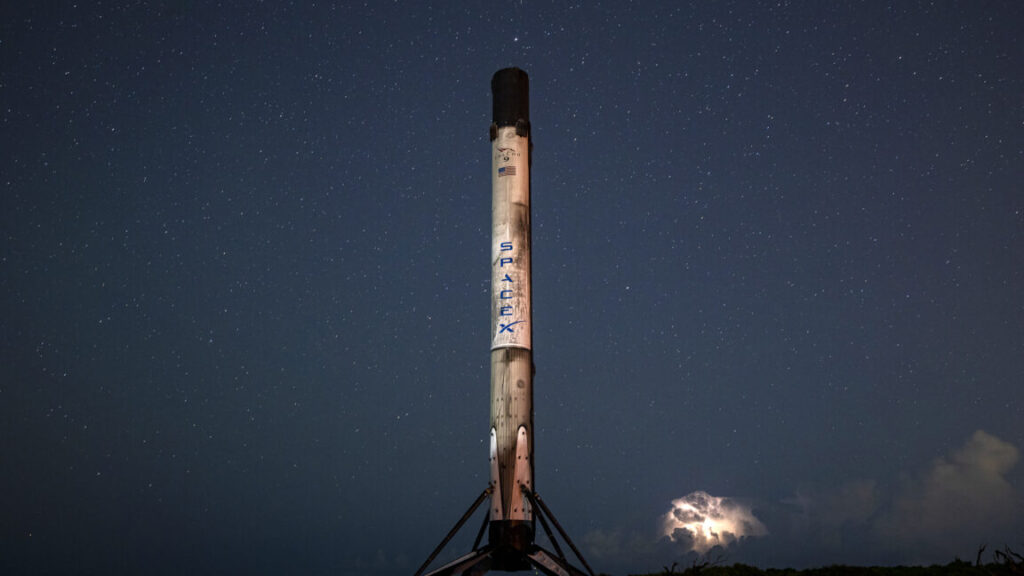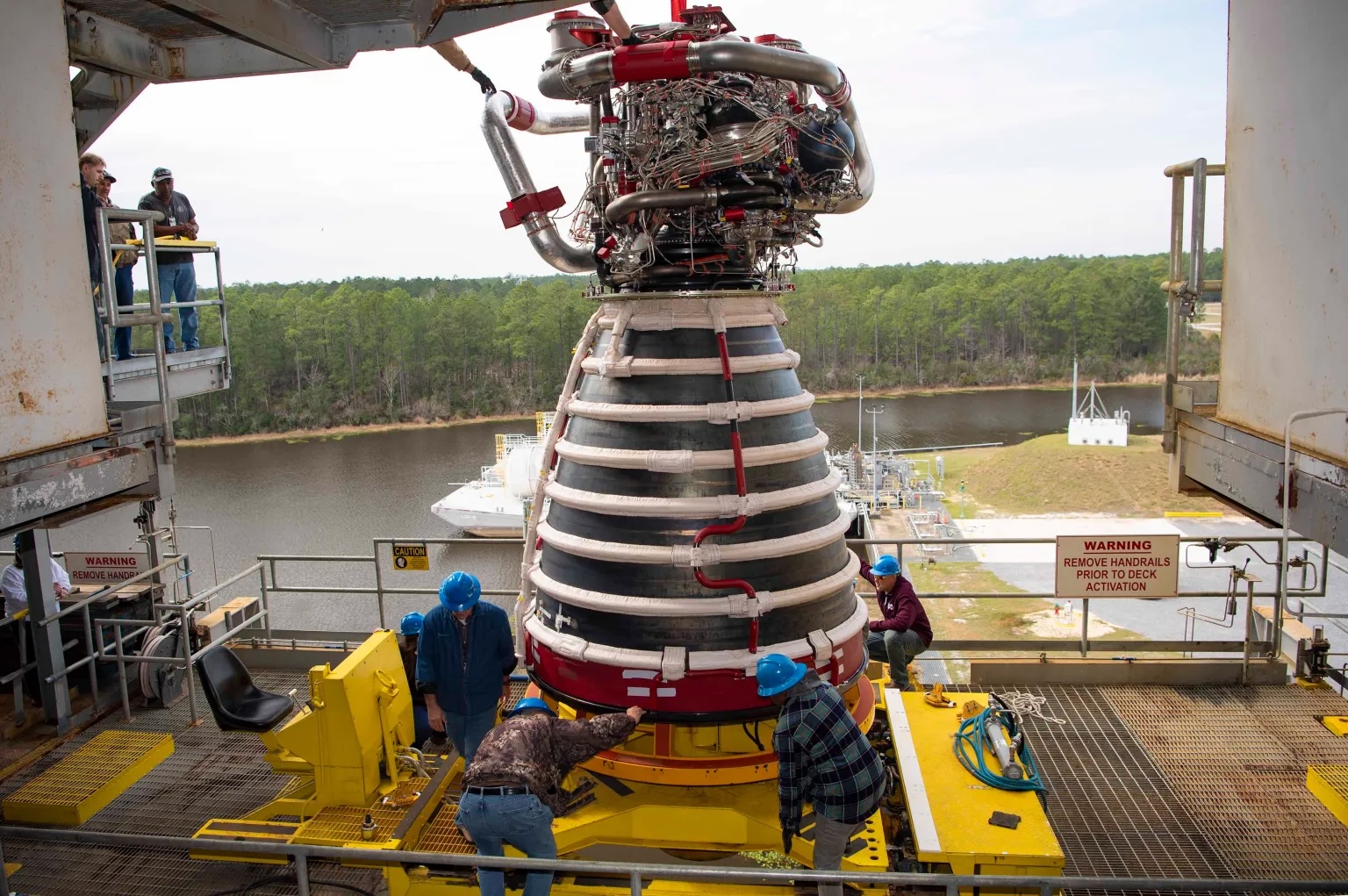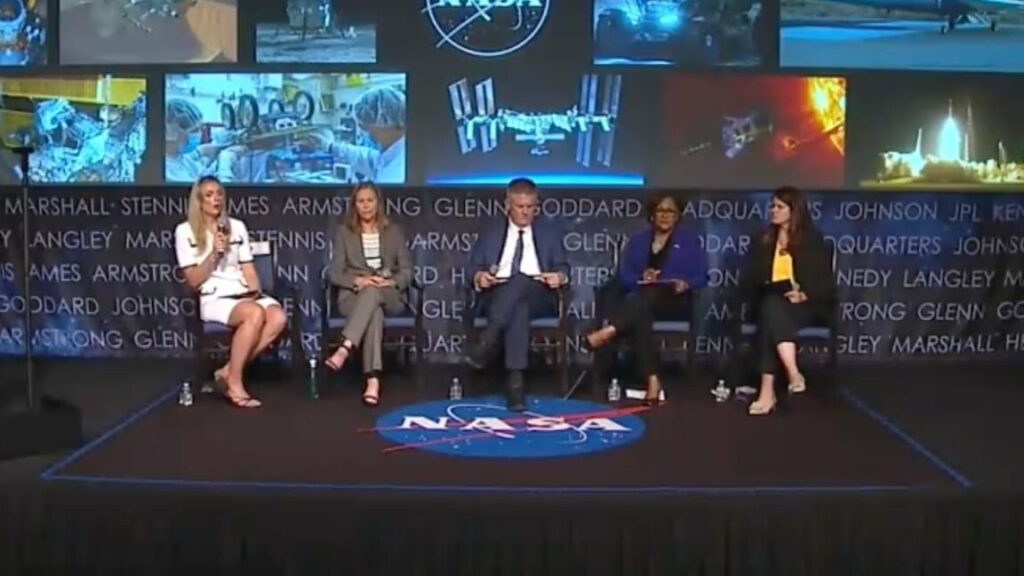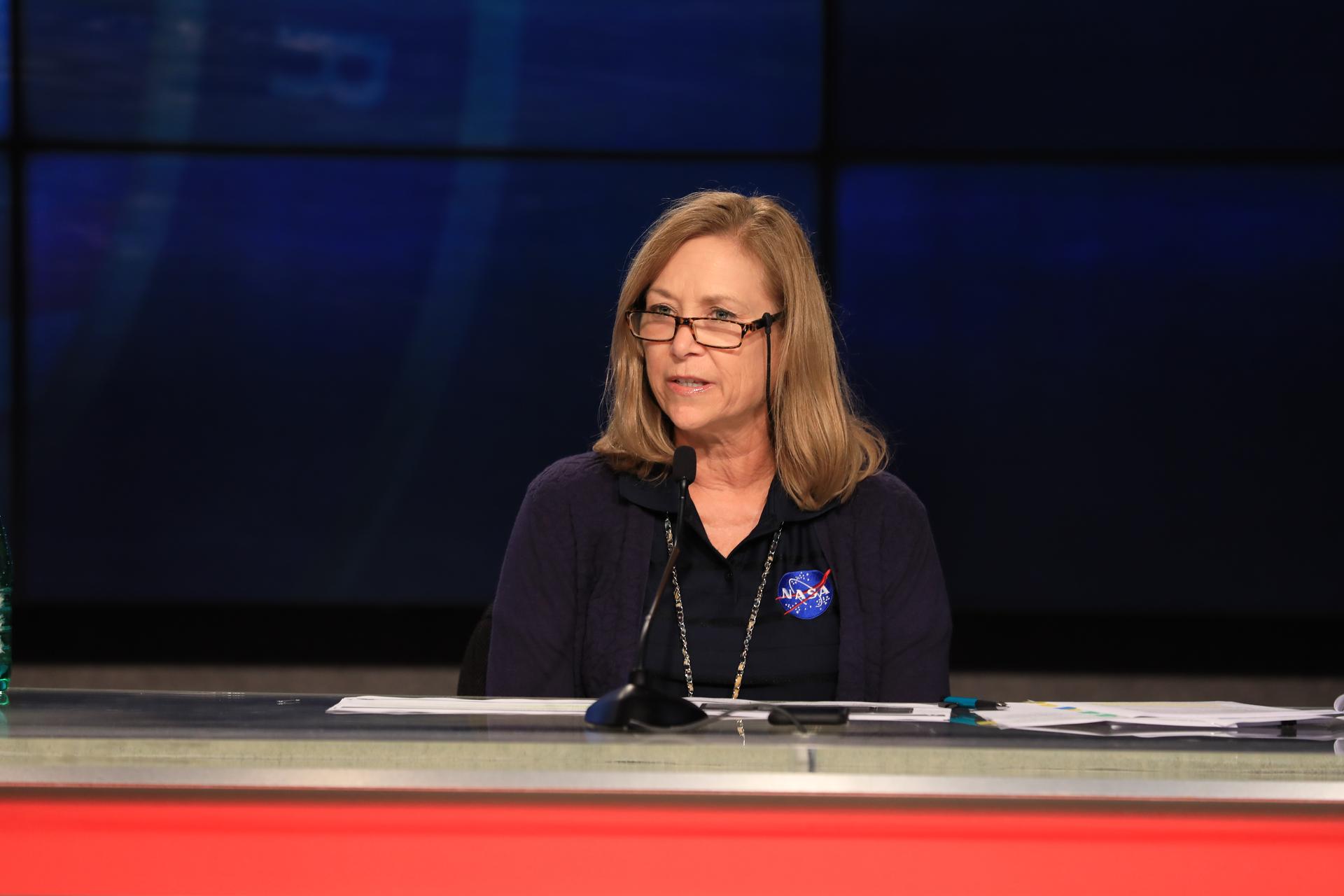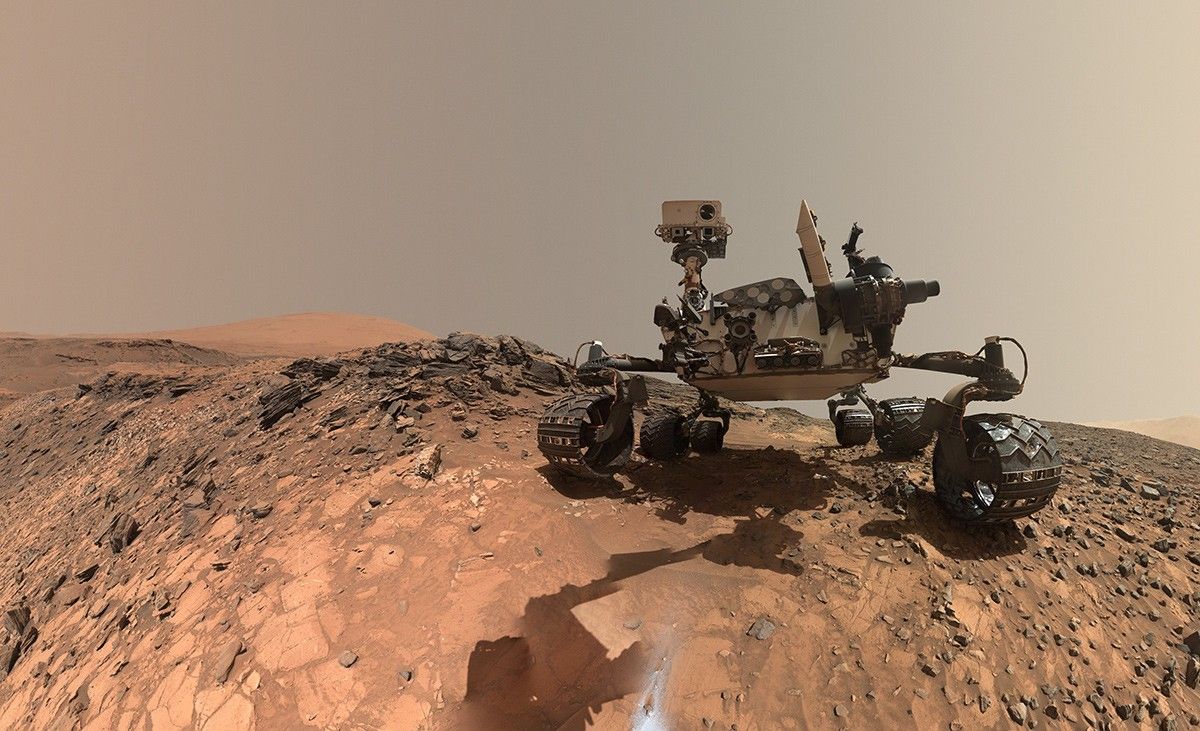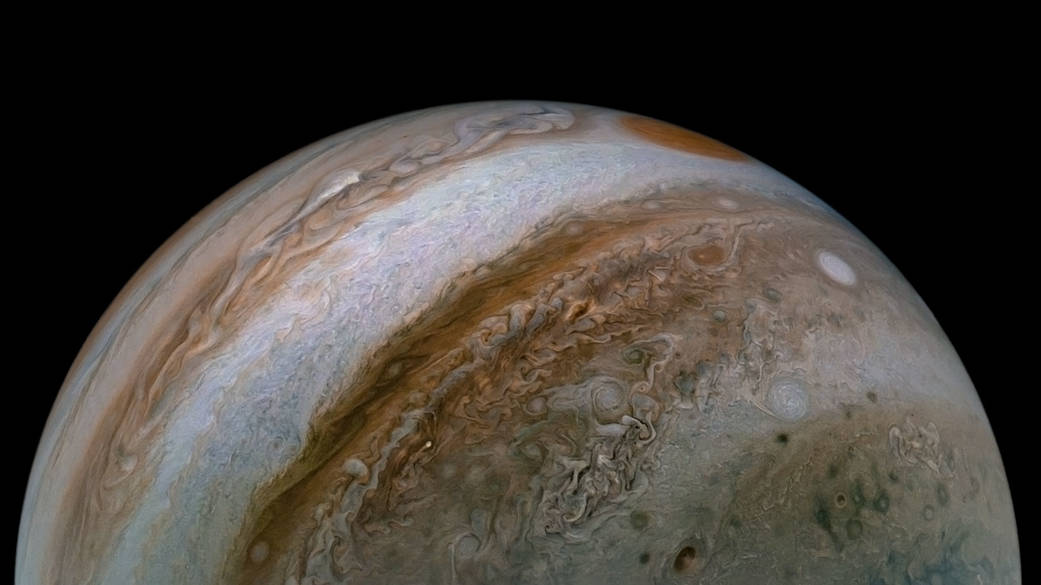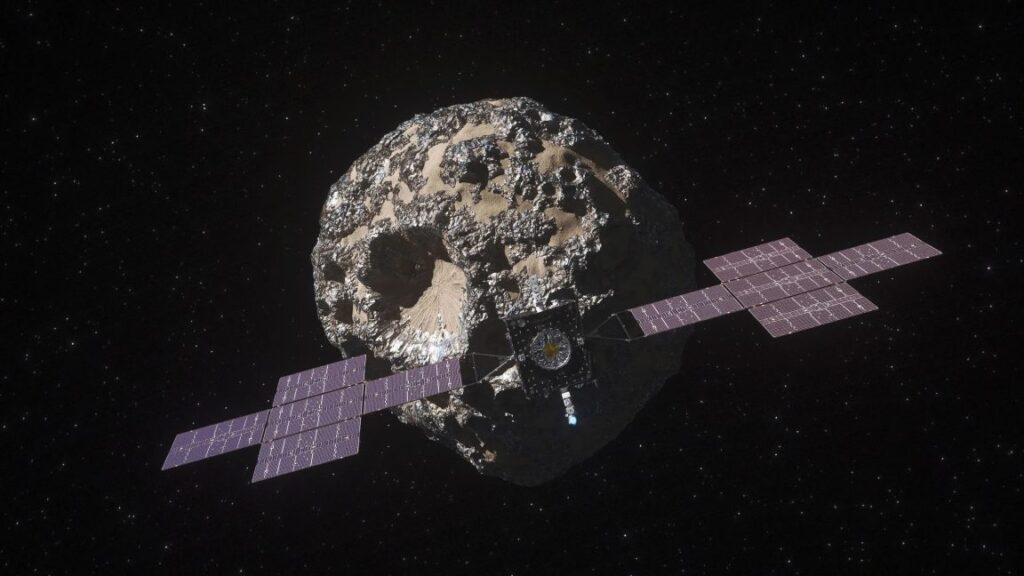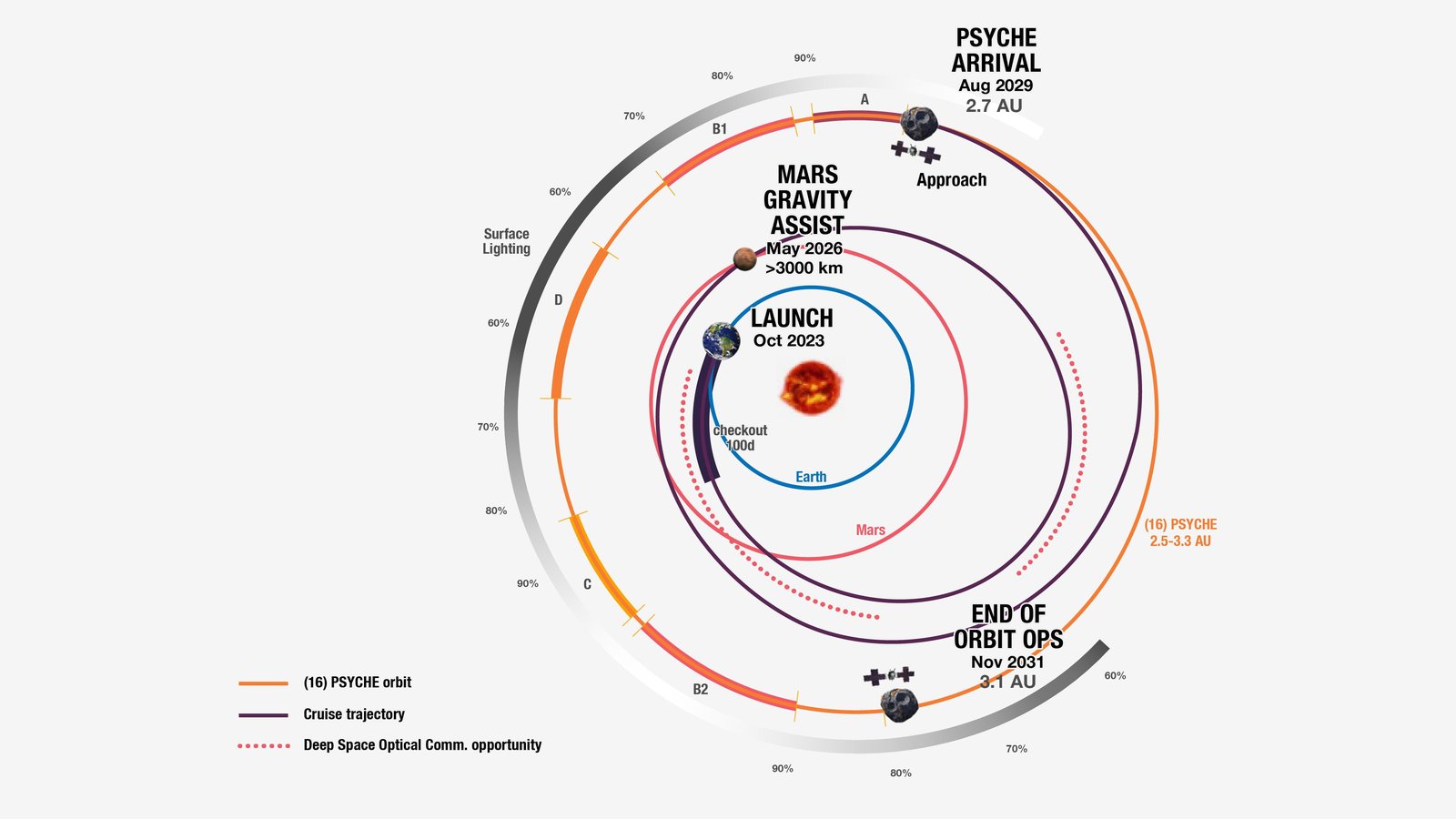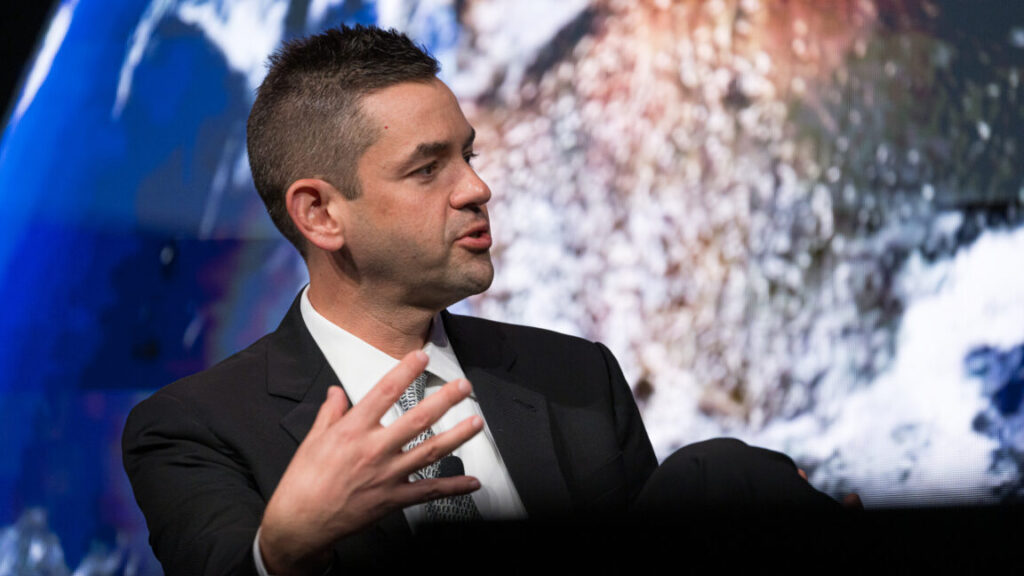“It’s a heist”: Senator calls out Texas for trying to steal shuttle from Smithsonian
Citing research by NASA and the Smithsonian, Durbin said that the total was closer to $305 million and that did not include the estimated $178 million needed to build a facility to house and display Discovery once in Houston.
Furthermore, it was unclear if Congress even has the right to remove an artifact, let alone a space shuttle, from the Smithsonian’s collection. The Washington, DC, institution, which serves as a trust instrumentality of the US, maintains that it owns Discovery. The paperwork signed by NASA in 2012 transferred “all rights, interest, title, and ownership” for the spacecraft to the Smithsonian.
“This will be the first time ever in the history of the Smithsonian someone has taken one of their displays and forcibly taken possession of it. What are we doing here? They don’t have the right in Texas to claim this,” said Durbin.
Houston was not the only city to miss out on displaying a retired space shuttle. In 2011, Durbin and fellow Illinois Senator Mark Kirk appealed to NASA to exhibit one of the winged spacecraft at the Adler Planetarium in Chicago. The agency ultimately decided to award the shuttles to the National Air and Space Museum, the Kennedy Space Center Visitor Complex in Florida, and the California Science Center in Los Angeles.
Houston, we have a problem
A prototype orbiter that was exhibited where Discovery is now was transferred to the Intrepid Museum in New York City.
To be able to bring up his points at Thursday’s hearing, Durbin introduced the “Houston, We Have a Problem” amendment to “prohibit the use of funds to transfer a decommissioned space shuttle from one location to another location.”
He then withdrew the amendment after having voiced his objections.
“I think we’re dealing with something called waste. Eighty-five million dollars worth of waste. I know that this is a controversial issue, and I know that there are other agencies, Smithsonian, NASA, and others that are interested in this issue; I’m going to withdraw this amendment, but I’m going to ask my colleagues be honest about it,” said Durbin. “I hope that we think about this long and hard.”
“It’s a heist”: Senator calls out Texas for trying to steal shuttle from Smithsonian Read More »
